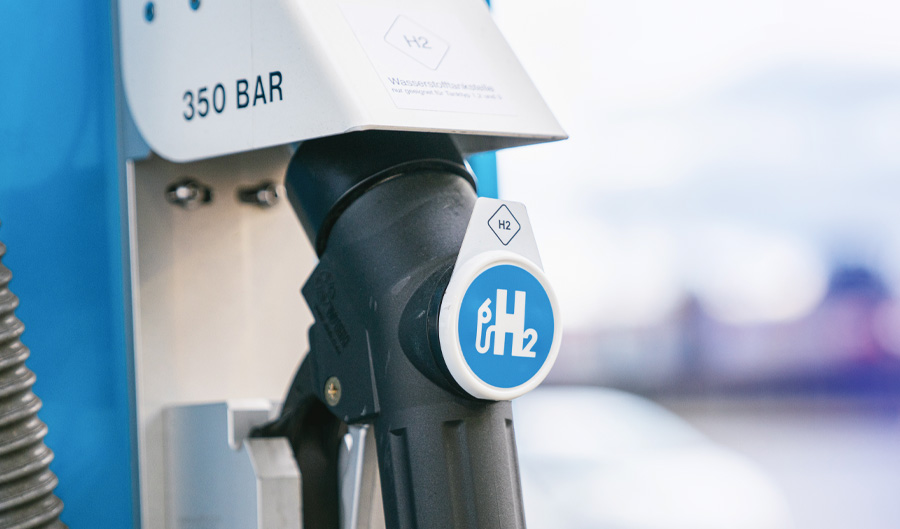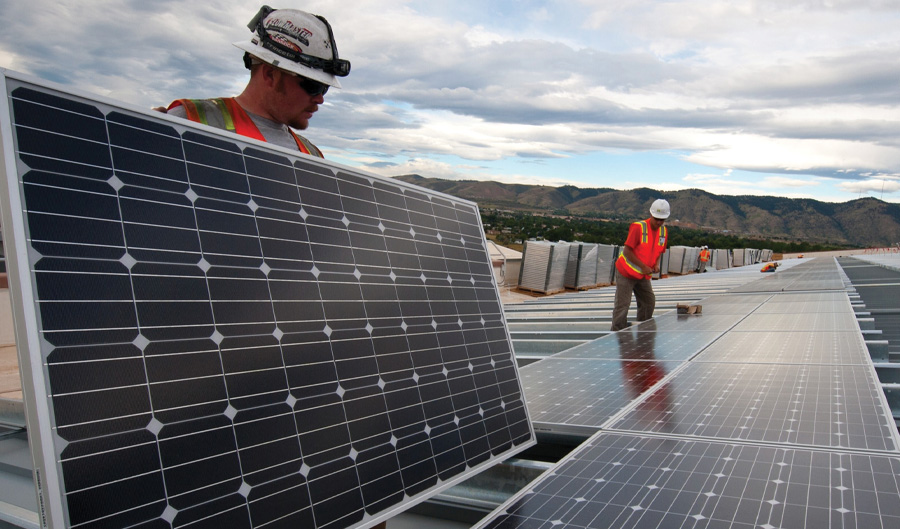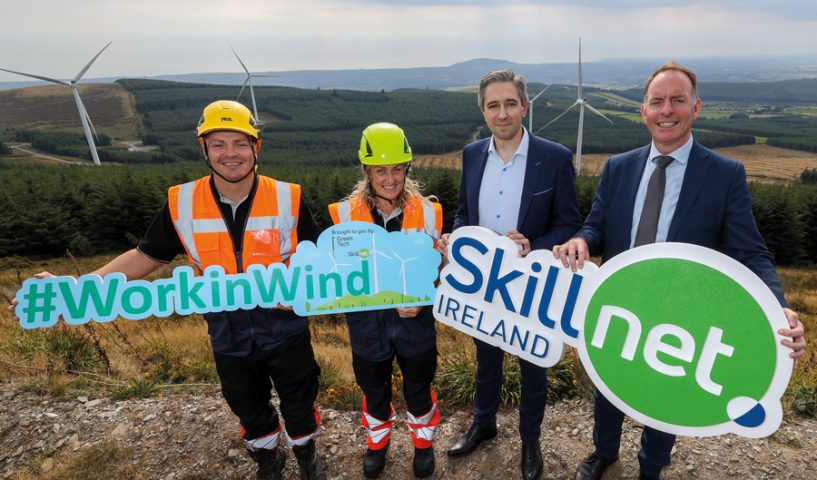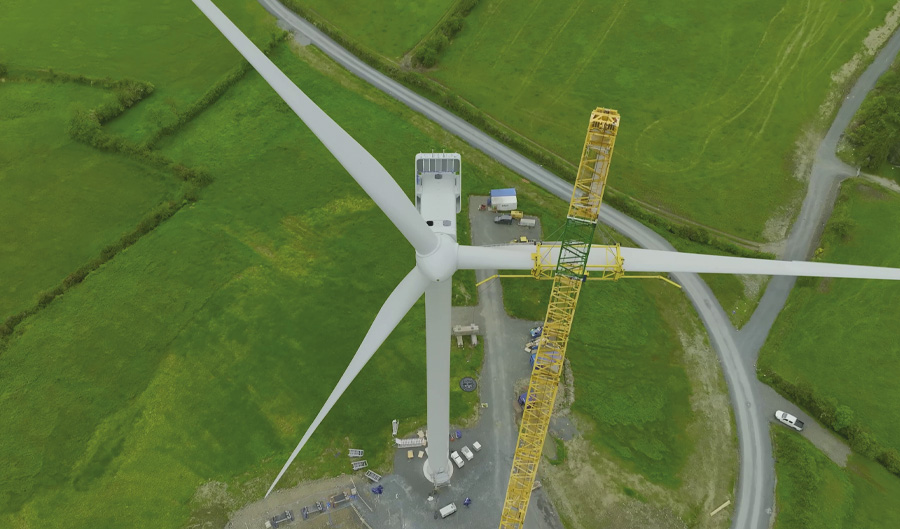
Towards a hydrogen strategy for Ireland
12th October 2022
Agriculture key to solar targets
12th October 2022Time to step up

We are living in an unprecedented energy crisis created by our dependence on imported fossil fuels and the slow roll out of renewable energy, writes Wind Energy Ireland CEO Noel Cunniffe.
Ireland faces into a winter which will be marked by some of the highest energy prices seen since the oil crisis of the 1970s.
The priority in the coming months must be to ensure vulnerable families and struggling businesses survive. Initiatives from the European Commission designed to take the pressure off consumers should be welcomed though the details will need careful consideration.
But the hard lesson of 2022 is that our country will always be vulnerable while we depend so much on imported fossil-fuels for our energy supply.
It is well past time for the rhetoric of the Government’s commitment to the development of renewable energy to be matched by action.
It would be wrong to claim there has been no progress. The first new wind farms under the Renewable Electricity Support Scheme are connecting this year. A planning system for offshore wind is starting to take place and solar power is connecting to the grid for the first time.
But renewable energy still faces a disjointed system where offshore projects can take literally years to get something as relatively straight-forward as a foreshore survey licence. Onshore wind farms are spending so long with An Bord Pleanála that they are missing opportunities to apply for grid connections.
And it is Irish households that pay the price in their electricity bills, the price of a decade of missed opportunities to develop our electricity grid or to reform our planning system.
Every renewable energy project we connect makes a difference to our carbon emissions and to the price paid by electricity consumers. Onshore wind farms supplied 32 per cent of Ireland’s electricity up to the end of August.
Every time a wind turbine generates power it is pushing expensive imported fossil fuels off the system and lowering wholesale electricity prices, sometimes even halving the price on the windiest days.
Cheaper power
The faster we can build and connect renewable energy onto the electricity system the more secure we make Ireland’s energy supply, the more money we can put back in the pockets of consumers and the lower we can make our carbon emissions.
But we are not moving fast enough.
Hitting our 2030 targets is, I believe, still possible but if it is to be done it must become a national mission, driven from the very highest levels of government and reaching into every community right across the country.
Ireland’s energy crisis can only be faced if the full resources of the State are brought to bear with determination and with a common purpose.
We must recognise the threat we face from climate change is far greater than the one we faced from Covid. And it is now joined by a second, more immediate threat, as the ESRI estimates 43 per cent of Irish families are now living in energy poverty.
Russia followed their brutal invasion of Ukraine with the weaponisation of gas supply.
Europe is under threat because our energy supply is under threat. This means real hardship for families across the continent who struggle to pay bills that, ultimately, end up funding Russia’s war in Ukraine.
“It is well past time for the rhetoric of the Government’s commitment to the development of renewable energy to be matched by action.”
Defending Europe
Ireland can play a critical role in defending Europe. Not with guns or tanks, but with wind turbines and solar panels. Green hydrogen from Cork and electricity generated in Donegal can help replace natural gas in Europe’s power supply.
To achieve this we have, very broadly, two tasks before us.
First, we need to build as many wind farms, onshore and offshore, as many solar farms and as many energy storage projects as we can and as quickly as possible. This is about speed. Ireland’s renewable energy industry knows what to do. We have the expertise and the skills. We have the investment.
But we cannot build these projects if we cannot get them through the planning system, if we cannot connect them to the electricity grid and or must wait for an opportunity to compete in an auction every 12-18 months to win a contract to be built.
Every single step of the process of developing renewable energy in Ireland takes far too long and, in many cases, bewilders international investors with the frequent delays, the lack of focus and the apparent single-minded determination on the part of some State agencies to find every reason why something cannot be done rather than to find one reason it can.
The entire system of how we develop renewable energy in Ireland, from start to finish, needs to be completely redesigned. And that brings us to the second task.
Grid not fit for purpose
Our electricity grid is not fit for purpose. It was designed for a fossil fuel economy in the late 20th century. The time for tinkering at the edges and pretending we can build a modern electricity grid without modern electricity infrastructure is over.
We need to deliver projects like the North-South Interconnector and we must invest to ensure that the system can, when the wind and solar is available, operate with 100 per cent renewables.
Every single part of EirGrid’s Shaping Our Electricity Future strategy must be delivered and then the real work must start because this strategy leaves us far short of our 2030 targets, let alone our net zero ambition.
We need more power lines and underground cables to get power from the wind farms and solar farms which will generate it to the homes, farms and businesses that will need it.
We need all of this to be part of building an energy-independent Ireland at the heart of an energy-secure Europe.
It is time for all of us to step up.
T: +353 4589 9341
E: office@windenergyireland.com
W: www.windenergyireland.com


